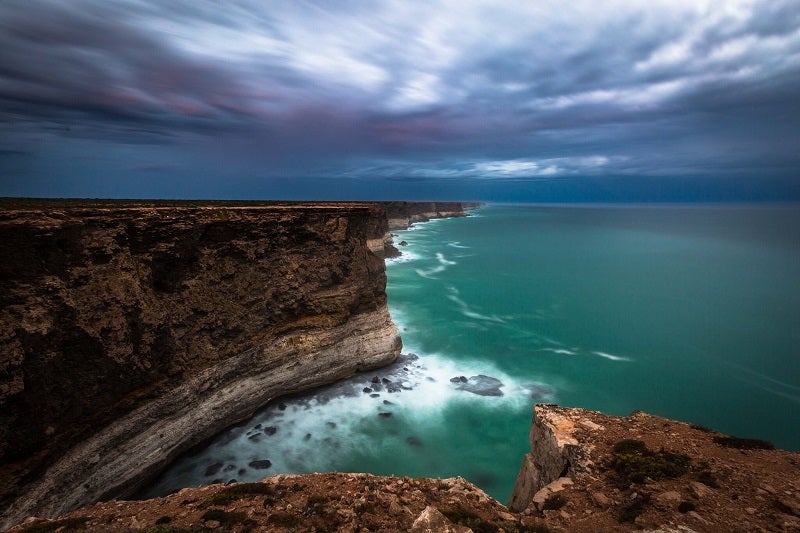
Norwegian energy company Equinor’s plans to drill in the Great Australian Bight have come under criticism as thousands took to Australia’s coast to protest the drilling on Sunday.
The protests took place across the country, including Perth and Sydney in New South Wales, Torquay and Warrnambool in Victoria, and the Alexandra Headland area in Queensland. Approximately 1,500 protestors participated in the event at South Australia’s Victor Harbour area alone.
Fifteen southern Australian councils have also voiced their concerns or oppositions to Equinor’s planned operations in the Great Australian Bight. These concerns include potential disruptions of the Bight’s natural ecosystems, as well as the potential environmental damage of an oil spill.
Equinor is the operator and 100% equity owner of offshore exploration permits EPP 39 and 40, both located in the Great Australian Bight, covering approximately 12,000km2. The company’s proposed exploration drilling plans are in the Stromlo-1 well, located 372km offshore South Australia.
Previous operators in the Great Australian Bight BP and Chevron cancelled exploration drilling plans in the region, citing an inability to compete for capital in their global portfolios as contributing factors to their departure.
Equinor recently released its draft Environment Plan (EP) for its proposed drilling in the Great Australian Bight for public comment. This is the first time a draft EP for an offshore exploration well was published before assessment by the National Offshore Petroleum Safety and Environmental Management Authority (NOPSEMA).
How well do you really know your competitors?
Access the most comprehensive Company Profiles on the market, powered by GlobalData. Save hours of research. Gain competitive edge.

Thank you!
Your download email will arrive shortly
Not ready to buy yet? Download a free sample
We are confident about the unique quality of our Company Profiles. However, we want you to make the most beneficial decision for your business, so we offer a free sample that you can download by submitting the below form
By GlobalDataWilderness Society South Australia Director Peter Owen said: “Equinor’s modelling shows that an oil spill from an ultra-deepwater well blowout in the Great Australian Bight could impact anywhere along all of southern Australia’s coast, from Esperance WA across to north of Sydney and even Tasmania. Former Equinor Bight partner BP’s modelling showed a spill from its proposed Stromlo-1 well could hit Adelaide in 20 days and Port Lincoln and Kangaroo Island in 15 days.
“Ultra-deepwater drilling is a relatively new, high-risk operation carried out mostly off the coast of Brazil and in the Gulf of Mexico, where it caused the world’s biggest oil spill accident, BP’s Deepwater Horizon tragedy in 2010, when 800 million litres of oil spewed into the gulf for 87 days.”
Environmental group Fight for the Bight spokesperson Ben Druitt said: “The Great Australian Bight waters are deeper, more treacherous and more remote than the Gulf of Mexico. There is no established offshore oil and gas industry in South Australia to deal with a disaster that could hit the Victorian coast. More than 6,800 boats were involved in the Gulf clean-up but the South Australian Oyster Growers Association says that SA and neighbouring states probably have only 20 vessels that could operate safely in the waters where Equinor plans to drill.
“The Great Australian Bight is a unique, pristine wilderness marine environment, with 85% of its marine species found only in these waters. It’s a haven for 36 species of whales and dolphins, including the world’s most important nursery for the endangered southern right whale.”



